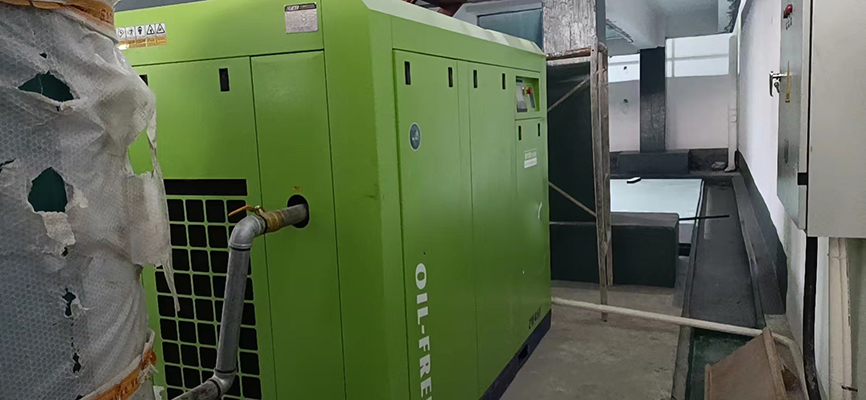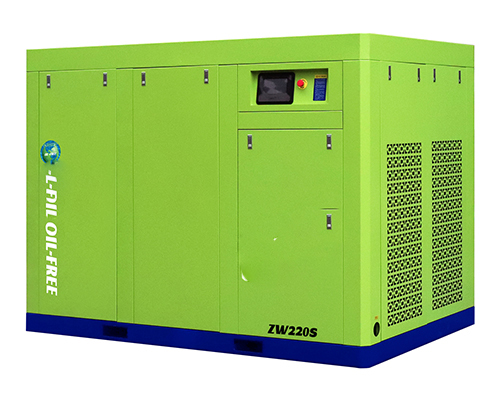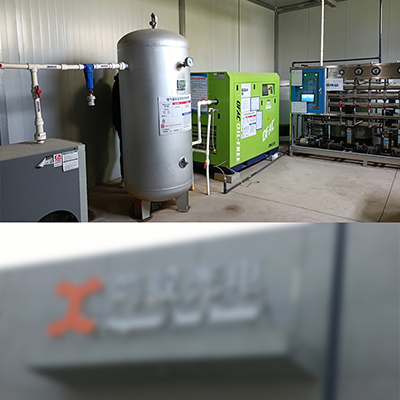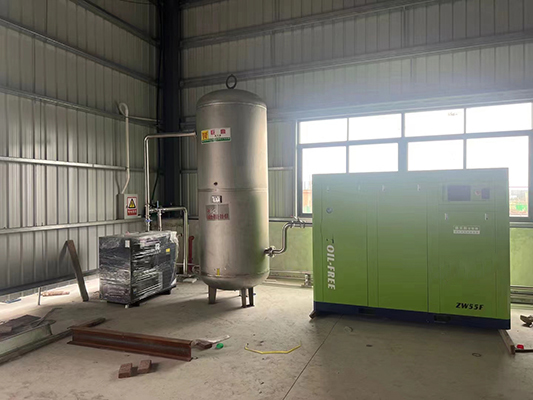low pressure air compressor energy consumption comparison for long term cost saving
News 2025-10-24
Low pressure air compressors are integral to industrial operations, providing compressed air at pressures under 150 psi for applications like pneumatic tools and material handling. Energy consumption analysis is critical because it influences up to 70% of total operating costs over time. By comparing different models, industries can identify options that enhance efficiency, reduce waste, and promote sustainability in processes such as manufacturing and automation.

Industrial Applications
Low pressure air compressors support diverse sectors, including food processing for packaging lines and pharmaceuticals for controlled environments. In automotive assembly, they power robotic systems with minimal energy loss, while in wastewater treatment, they facilitate aeration efficiently. This adaptability ensures reliable performance, lowering energy demands and extending equipment longevity in high-volume operations.
Energy Consumption and Performance Benefits
Comparing energy use, variable speed drive compressors outperform fixed-speed units by adjusting to load variations, potentially cutting consumption by 30%. For instance, in continuous processes, models with advanced controls maintain optimal pressure with less power, highlighting benefits like reduced heat output and fewer mechanical failures. This focus on efficiency underscores their role in minimizing costs and improving productivity in industrial settings.
Frequently Asked Questions
1. What is a low pressure air compressor?
It generates compressed air below 150 psi, ideal for tasks not requiring high pressure, such as ventilation or light conveying.
2. How does energy consumption affect long-term costs?
High consumption increases electricity bills and maintenance, but efficient models can lower these expenses significantly over years of use.
3. What factors optimize energy efficiency?
Key elements include compressor design, proper sizing to demand, and regular upkeep, all contributing to sustained cost reductions.


